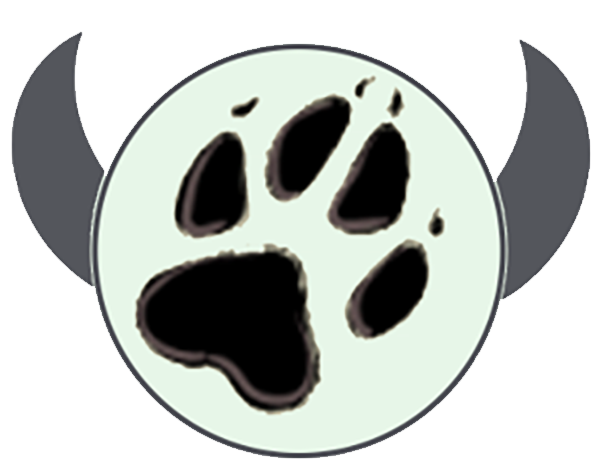By Mark Beese
To celebrate the 100th anniversary of Wood Badge at Gilwell, about 80 Scouts and Scouters met with the granddaughters of founder Robert Baden-Powell and BSA founder Ernest Thompson Seton. Gill Clay told stories of BP, the early days of Scouting and demonstrated how Scouting’s left-hand shake originated. Julie Seton talked about her research over the past five years on Ernest Thompson Seton’s involvement with youth organizations, and how he connected with Dan Beard and others to form the Boy Scouts of America, as well as Woodcraft Indians.
Both Gill and Julie were generous with their time, frankness and insights into how Scouting started and has changed over time. Gill has been active in Scouting and Guiding all of her life.
Here are some take-ways:
Rudyard Kipling knew both Seton and BP. After reading Seton’s book, Wild Animals I Have Known, he asked Seton what’s next. Seton said he might write a dictionary of animals Kipling said, “who will read a dictionary? Write a story!” Kipling then wrote “Jungle Book”, inspired by Seton’s writings. BP then took ideas from Jungle Book as elements of Scouting.
A Scouter from Africa (Ghana, I think), asked Gill about the origins of the left-hand handshake in Scouting. Gill stood up and demonstrated with the Scouter, who had heard that the origins came from tribal traditions in Africa. Warriors would hold their spears in their right hand, and their shields in their left. Shaking hands with the right hand meant that they would be without weapons, but still have a shield in their left hand. Putting down both the spear and shield to shake with their left hand demonstrated the highest level of trust with the other person. “The bravest warriors shook hands with their left hand”.
The turn of the century in the UK, USA and much of the world was in the mix of the industrial revolution. Young men and boys, who a generation before would have been in the military or working, found themselves with fewer job opportunities because “machines were doing more work.” This idleness inspired both BP and Seton to engage boys in outdoor pursuits instead. In fact, there were more than 30 youth organizations with a similar mission around 1900 – 1910. Seton, along with Dan Beard, and others convened a meeting with these organizations to discuss collaborating with a unified organization that would provide outdoor education. This was an alternative education movement throughout the world. In the USA, it turned into the BSA. Jim West was the money guy – he didn’t want anything to do with kids. Beard and Seton were the programming and hands-on leaders. Seton, whose citizenship was both Canadian and British, was caught up in early politics and left the organization to re-invest in the Woodcraft Indians group, continue to write (he wrote more than 40 books) and found the Seton Institute. He soon after received a letter from HQ that his BSA membership was canceled. Heartbreaking.
The Chairperson of the Girl Scouts of the USA’s Colorado Council also attended last night, along with her husband. Girl Scouting and Girl Guiding grew quickly after BP started Scouting in England in 1907. Gill told the story about how BP traveled around the world in 1912. On the boat here, he met Juliet Gordon Low, who went on to start Girl Scouting in the USA. He also met another woman, 30 years his junior, whom he couldn’t stop thinking about. He wrote letters to Olave during his two-year trip, returning to England not to see her first, but to fulfill a promise to his nephew to take him fishing. Not long after, he wed Olave in a quiet ceremony. Olave became a leader in the global Girl Guiding/Girl Scout movement as well.
Gill told this story. At the first Rally at the Crystal Palace in 1909, a group of girls in Scout uniforms showed up. BP said, “what are you doing here?”. “Well, we are Scouts,” said the girls. “How can you be Scouts?” BP retorted. At that time, Scouting was very loosely organized, and there were self-organized patrols and units of Scouts – often without leaders – just kids reading “Scouting for Boys” and doing outdoorsy stuff. BP paused and said, “Well, alright. You may march in the opening parade, at the end.” And the girls marched and participated in the rally. Girls have been part of Scouting ever since. Gill mentioned that she heard this first hand from a centenarian Scout in the UK, who was one of those girl Scouts.
Things I didn’t ask: Seton’s famous book, “Wild Animals I Have Known”, which contains the pivotal story of Lobo and Blanco, we read by BP. BP soon after wrote, “Animals I Have Known.” I’ve always wondered what Seton thought of the BP copying his title….
I was not surprised at the interest and attendance by scout history nerds like myself. There were more beads there than you would find in a craft store. However, it was wonderful to see so many Scouts there – mostly girls – who wanted to hear from two Scouters about the values and circumstances that led to the world’s largest youth movement, which is now 55 million strong.
While there is no video of last night’s conversation, here is an interview with Gill Clay, conducted at the Summit:
https://www.youtube.com/watch?v=yybF2LUbjEI
Thank you Gill and Julie for sharing your stories with us, and for being the voices of our Founders. After more than 100 years, we need to hear these stories and values. They will drive us forward for the next 100 years.
